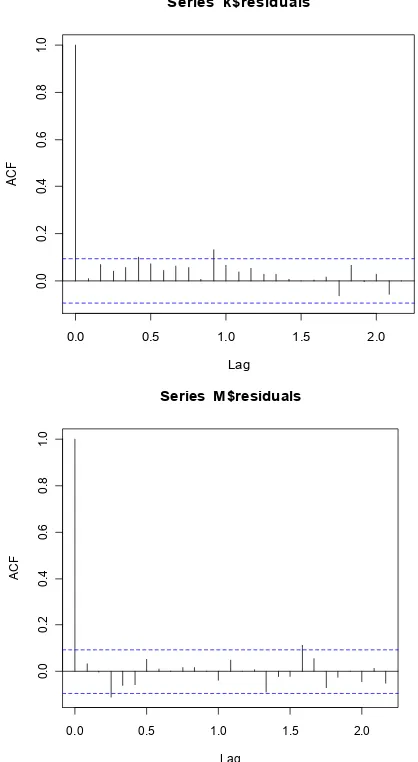Modeling Monthly Rainfall Time Series Using Ets State Space And Sarima Models
Full text
Figure




Related documents
Explain basic marketing concepts and terminology, and how marketing fits within a business (how it should add value to the business/organization). Explain marketing management
In the context of Indian construction scenario, the benefit of replacing cement with fly ash includes economic gain and is a safe solution for the disposal of factory waste. Use
Global climate change caused by human combustion of fossil fuels and the resulting emission of greenhouse gases (GHGs) is – along with energy security – widely
Seventy four wine and table grape- vine varieties from the National List of Cultivars, were analyzed at 9 microsatellite loci: VVS2, ssrVvUCH11, ssrVvUCH 29, ssrVrZAG21,
Picture 5 shows examples of expired prescription drugs at the Cornwall Regional, Kingston Public, National Chest and Spanish Town Hospitals. The Bustamante Hospital for
Other lines by Macbeth that show his deception are: “Being unprepared” and I think not of them” when Banquo mentions the three witches... Macbeth even tries to tempt Banquo to
Status information such as the channels being currently used by the transmitters and receivers and the identities of the subscriber devices (cable modems and PCs) currently
The change in global value of ecosystem services in these scenarios was hypothesised to be due to two factors: 1) change in area covered by each ecosystem type; and 2) change in